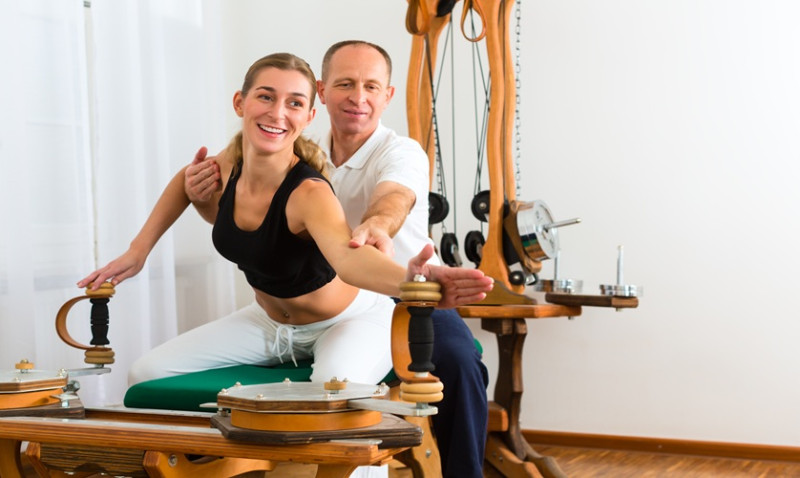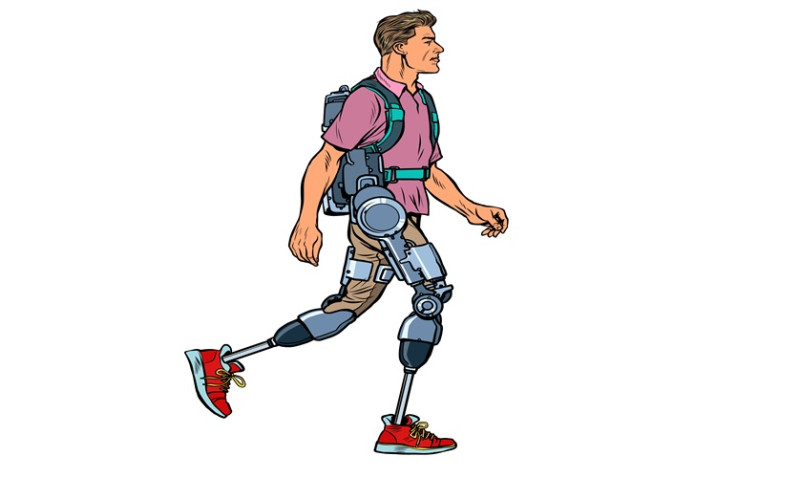
Pain management is a critical aspect of healthcare, and physiotherapy plays a vital role in alleviating discomfort and improving quality of life. In the UK, specialists employ various techniques to help patients manage pain effectively. This blog post explores the top five physiotherapy techniques that have proven successful in pain management, providing insights from leading UK physiotherapists.
1. Manual Therapy
Manual therapy is a hands-on approach that involves the manipulation of muscles and joints to relieve pain and improve mobility. This technique is particularly effective for conditions such as back pain, neck pain, and joint issues.
Benefits of Manual Therapy
- Reduces muscle tension and stiffness
- Improves blood circulation
- Enhances joint mobility
- Promotes relaxation and reduces stress
How It Works
Physiotherapists use various techniques, including soft tissue mobilization, joint mobilization, and manipulation, to target specific areas of pain. By applying controlled pressure and movement, they can help restore normal function and alleviate discomfort.
2. Exercise Therapy
Exercise therapy is a cornerstone of physiotherapy that involves tailored exercise programs designed to strengthen muscles, improve flexibility, and enhance overall physical function. This technique is particularly beneficial for chronic pain conditions, such as arthritis and fibromyalgia.
Benefits of Exercise Therapy
- Strengthens muscles and improves endurance
- Increases flexibility and range of motion
- Reduces pain and enhances physical function
- Boosts mental well-being and reduces anxiety
How It Works
Physiotherapists assess each patient's condition and develop a personalized exercise program that may include stretching, strengthening, and aerobic exercises. Regular participation in these exercises can lead to significant improvements in pain management and overall health.
3. Electrotherapy
Electrotherapy involves the use of electrical modalities to relieve pain and promote healing. Techniques such as Transcutaneous Electrical Nerve Stimulation (TENS) and ultrasound therapy are commonly used in physiotherapy practices across the UK.
Benefits of Electrotherapy
- Provides immediate pain relief
- Stimulates tissue healing
- Reduces inflammation and swelling
- Enhances muscle function and strength
How It Works
Electrotherapy devices deliver electrical impulses to the affected area, which can help block pain signals to the brain and stimulate the release of endorphins. This non-invasive technique is often used in conjunction with other physiotherapy methods for optimal results.
4. Acupuncture
Acupuncture is an ancient Chinese practice that involves inserting thin needles into specific points on the body to relieve pain and promote healing. In recent years, it has gained popularity in the UK as a complementary therapy for pain management.
Benefits of Acupuncture
- Reduces chronic pain and discomfort
- Improves overall well-being
- Enhances relaxation and reduces stress
- Stimulates the body's natural healing processes
How It Works
During an acupuncture session, a trained physiotherapist will insert needles into specific acupuncture points based on the patient's condition. This technique is believed to stimulate the nervous system and promote the release of natural pain-relieving chemicals in the body.
5. Education and Self-Management Strategies
Education and self-management strategies are essential components of effective pain management. Physiotherapists empower patients with knowledge about their conditions and teach them techniques to manage pain independently.
Benefits of Education and Self-Management
- Increases patient understanding of their condition
- Encourages active participation in the recovery process
- Promotes long-term pain management strategies
- Reduces reliance on medication
How It Works
Physiotherapists provide patients with information about their conditions, including potential triggers and effective coping strategies. They may also teach relaxation techniques, mindfulness, and breathing exercises to help patients manage pain in their daily lives.
Conclusion
Effective pain management is crucial for improving the quality of life for individuals suffering from chronic pain. The top five physiotherapy techniques discussed in this post—manual therapy, exercise therapy, electrotherapy, acupuncture, and education—offer valuable insights from UK specialists. By incorporating these techniques into a comprehensive pain management plan, patients can experience significant relief and regain control over their lives.
For those seeking to manage pain effectively, consulting with a qualified physiotherapist can provide personalized treatment options tailored to individual needs. Remember, pain management is a journey, and with the right support and techniques, it is possible to achieve a better quality of life.






